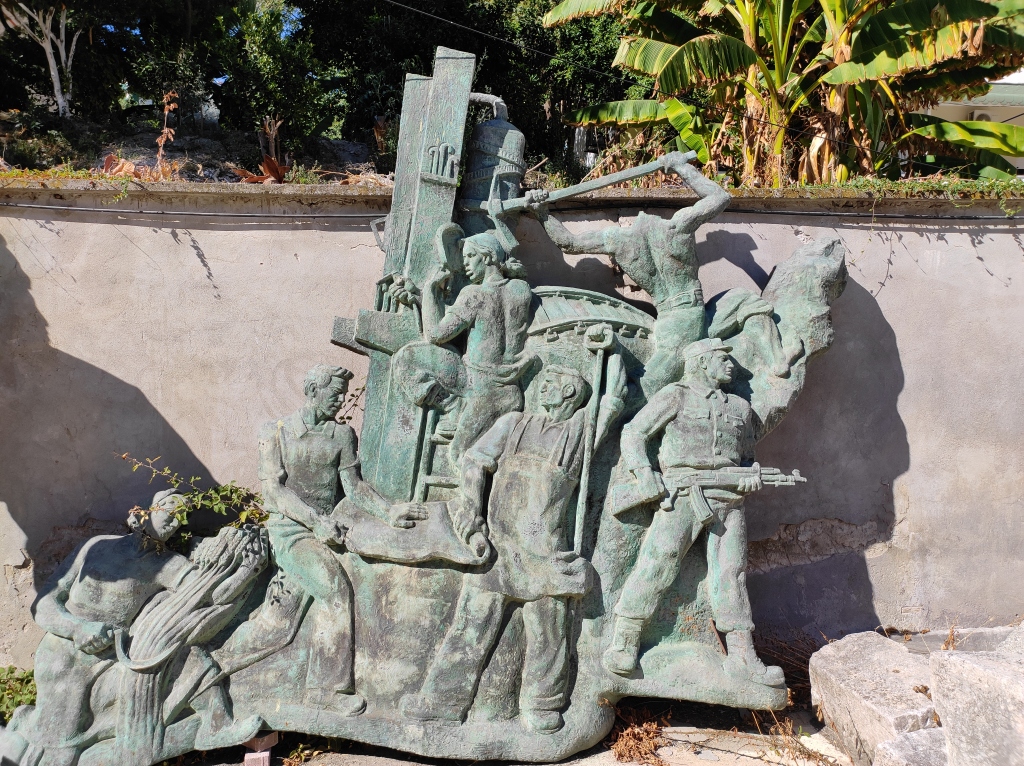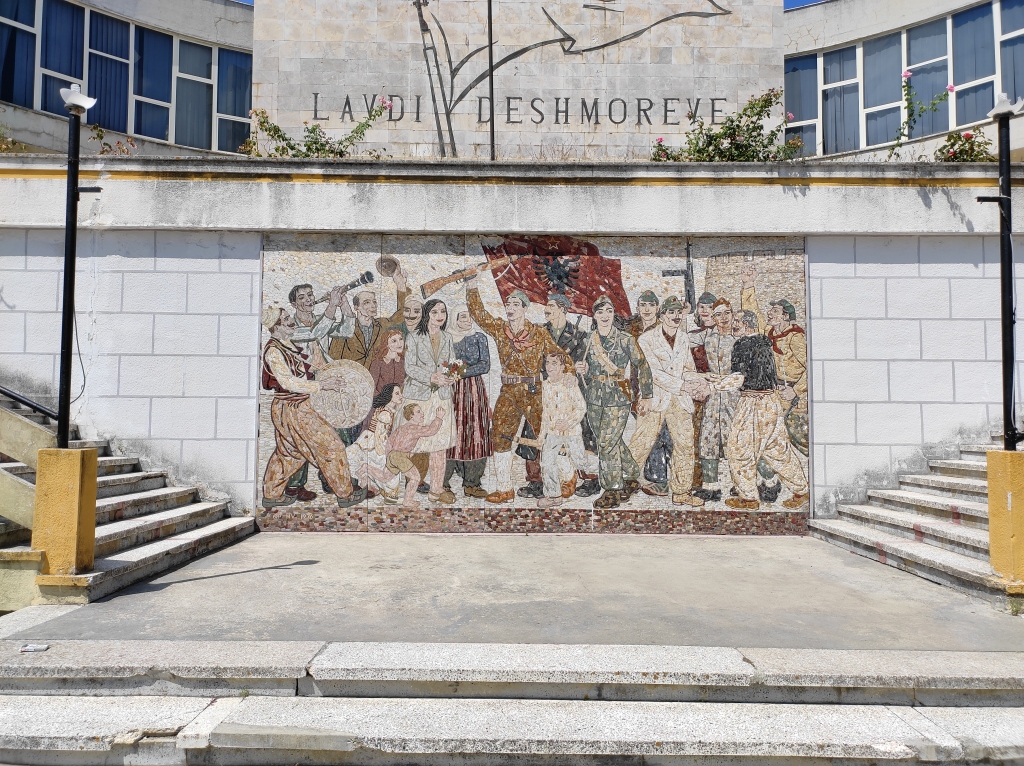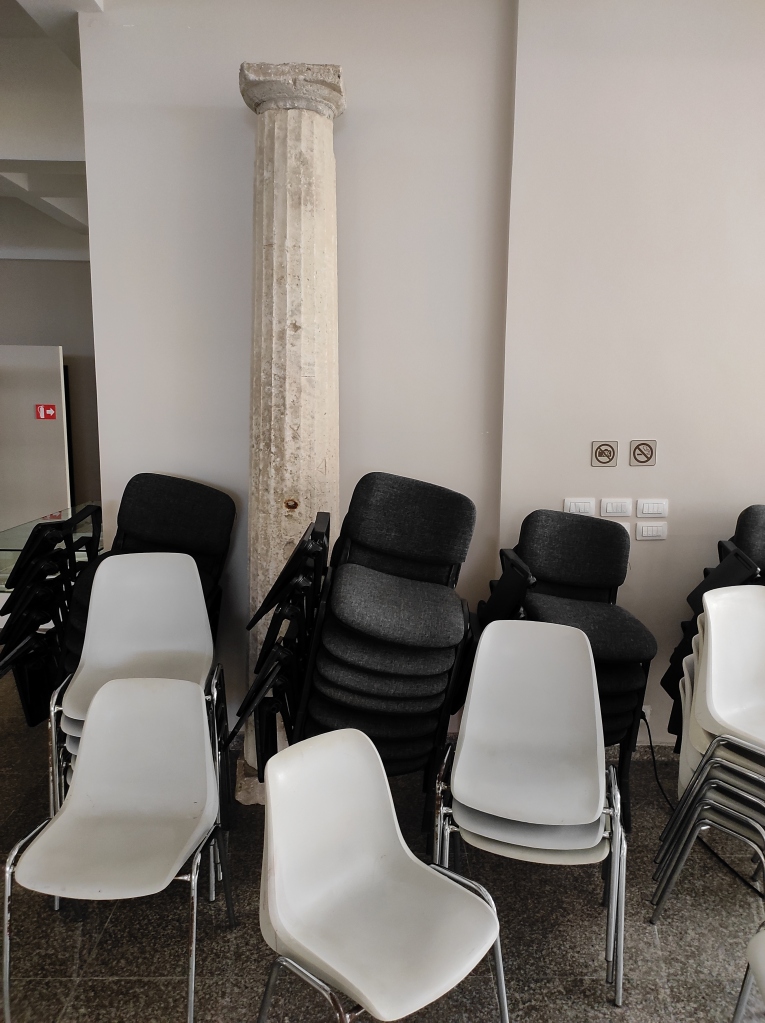Every Law Professor: ‘what is justice?’
In law school, I found that the central goal of legal academics and practitioners was to construct systems of thought, regulation, and courts providing justice. In that endeavor, my peers and professors constantly asked, “what is justice?”
I think well intentioned lawyers would agree, the law should provide access to justice via a system that is generally agreeable to those subjected to it, and that matches in rules what the general public aligns on in spirit. However, beyond these generalities, I find the conversation of ‘what is justice’ to be too abstract to be useful. However, that does not mean we should give up on it, we just need to change approaches, and instead ask ‘what is injustice?’
The Via Negativa
The basis for this is that it is easier to agree on what is unjust than on what is just: injustice in the form of concrete, tangible wrongdoing can be protested to, and people from diverse viewpoints can find agreement in what they mutually despise. Through the via negativa, then, we can fill in the negative space around justice, and by recognizing what it is NOT, we can start to give it form.
I know exactly where I would start, since I spend way too much time around lawyers, and I have noticed that they are open to any discussion of how lawyers can bring justice, but get very prickly if you suggest that the cost in time, money, and lost control by delegating justice to lawyers is in any way problematic. Let’s just say, lawyers don’t like being reminded that they are rent seekers in the process of achieving justice. So, my bold assertion is:
Transaction Costs are Injustice
Let me unpack this. What I mean by this is that, whatever a just outcome may be, it is unjust to delay this outcome when speed is possible, it is unjust to have complexity and opacity when simplicity is possible, and it is unjust to demand control when voluntarism and mutuality is possible. In effect, it is unjust to make the process of finding justice costly.
The Appeal Labyrinth: The Town of Castle Rock v. Gonzales
This issue actually came up to me in a conversation about the heartbreaking case of The Town of Castle Rock v. Gonzales. In June 1999, Jessica Lenahan-Gonzales was a resident of Castle Rock whose estranged husband kidnapped her children from her house, and when she called the police and asked them to enforce an active restraining order against him (he had been stalking her and her children). They did not react quickly, and 12 hours later, her children were found murdered in her estranged husband’s car after he engaged in a deadly shootout with the police.
Now, there is no good outcome from such a situation, especially for Jessica. However, one route for her was to sue the police department under, of all things, under a law originally passed to fight the KKK. In her lawsuit, she claimed the federal government had an interest in enforcement of the restraining order and alleged that the police department had “an official policy or custom of failing to respond properly to complaints of restraining order violations.”
Jessica’s case was initially dismissed by the District Court, but she appealed and, in 2002, it was reversed by the Tenth Circuit, which said she could recover under procedural due process but denied that she had a right to recover via substantive due process (for Scalia’s take on substantive due process in general, see this amazing video). However, the Circuit court also noted that while the town was liable, the officers were covered by qualified immunity.
The town appealed and actually was granted cert by the Supreme Court. SCOTUS reversed the Circuit Court in a 7-2 decision; Scalia wrote for the majority that officers were not required by law to immediately enforce restraining orders, that even if they were it would not give individuals a right to sue (instead, the right would be with the state). Lastly, he noted that even if enforceable, this would have no monetary value and could not lead to an individual payout via Due Process.
So, in the end, SCOTUS gave Jessica nothing. Now, we can all weigh in on whether Scalia ‘did justice’ to her; I have incredible sympathy for Jessica but happen to think his argument is correct, that under the law and Constitution, a restraining order does not give her the right to get money from the town. But I will say that the court did her a great injustice, in sending her down a 6-year rabbit hole of being denied, then allowed, then denied again from recovery. How, then, can we all agree that the court was unjust? The injustice was the delay. The injustice was the tremendous cost in time, money, and emotional damage. The injustice was that the process for answering the question of how a mother should react to the murder of her children and how a town should support her gave no closure, and instead just had transaction costs in landing her, in 2005, exactly in the same spot she was in 1999.
The Lazy Counter: justice takes time!
Now, angry lawyers out there, don’t mistake me here: I am not saying appeals never bring justice. I too am in awe of the work of the Equal Justice Initiative, which uses the appeals process to fight wrongful convictions. I am not arguing appeals are unjust. I am arguing that a legal system that takes 6 years and millions of dollars to answer any question is doing an injustice to EJI’s clients as well. Was Walter “Johnny D.” McMillian served well by a justice system that put him in jail for years while his appeal stagnated?
What is obvious here is that lawyers, in their blindered vision of pursuing justice, are doing their best to get to the right outcome, and while cost may be a consideration for process improvement, it is not a consideration for justice. Maybe a simpler, more transparent, faster court process would do a worse job. But I think that every complexity, opacity, and delay is an injustice done by our system to the people who are seeking justice through it, and I would be amazed if Johnny D would have been thankful for all the technicalities that could be used to get the right outcome after what the Alabama prison system put him through.
Is “justice” trying to do too much?
Unlike in the case of Johnny D, Jessica’s case may show how we stretch the bounds of the system to get to an outcome that feels right, rather than being by the rules. Johnny D was caught up by a racist abuse of criminal justice, which is intended to keep citizens safe; there was no ‘community solution’ available for the murder of which he was falsely accused.
Jessica, however, was simply not treated right by her town. Anyone, regardless of their politics or views, would hope that the town has some level of care for their aggrieved, and that the community could pull together around her. Obviously, this did not happen–and especially not by the town’s police department, which had the opportunity to admit it was asleep at the wheel under the knowledge that they had qualified immunity. Since community solutions were lacking, she brought a civil case, which had a desirable end–helping an aggrieved mother and recognizing that her case was mishandled–but inadequate and undesirable means: lawyers lawyering.
I would be amazed if Jessica herself thought of the connection of: restraining order->Ku Klux Klan Act->federal oversight of law enforcement->property recovery under the Due Process Clause->monetary damages for police inaction. From my legal education, this sounds like the highly technical argument of a creative activist lawyer, who wants to change the law as much as he wants to help his clients. So, were Jessica’s lawyers trying to do too much through the justice system? Was the better solution, then, not to turn back to the community and use public truth-telling or even honest requests for help?
The elites-for-the-people against the people
This made me react against a phenomenon I have seen across law schools, firms, and courts. At elite law schools, the administration touts the number of Access to Justice projects and amicus briefs written by faculty in cases like Gonzales. At elite law firms, they attract top performers with huge salaries, sure, but they mostly talk about how many interesting pro bono cases their associates can take on. And on top Circuit Courts, most famously the Ninth, my classmates go on to help judges think creatively about how to reach just outcomes via legal wrangling. All of these activities are done with a mix of noblesse oblige and self-importance, but are honestly intended to help find justice for the downtrodden. I simply think these do-gooders don’t notice that all these activities are costly.
If you are not a lawyer, you may not realize how systematic this cost has become. Non-lawyers view courts as places where people with causes of action come and get answers based on the law. Lawyers know better: this certainly happens, but in parallel, dozens of groups (plaintiffs lawyers and activist groups on all sides of every issue) are targeting certain laws and certain constitutional questions, and are searching madly for standing. As in, they comb the news and low-level lawsuits to find one they can fund through as many appeals as possible to get the law changed or even just to get a ruling on a fact pattern that is friendly to them. In this, let me pick on my own team: in Carpenter v. US, in which the government used the cell phone location records of Carpenter and his friends without a warrant to arrest and convict them of robberies, there were no fewer than 16 amicus briefs by privacy activists (the CEI, EPIC, EFF, the Fourth Amendment Scholars, and the list goes on). Carpenter v. US was about many deep legal deliberations on the importance of privacy, but I have to say, long before it reached SCOTUS, it was no longer about justice for Carpenter, who had been in jail for two years and who wasn’t getting out even if he won. While it was a victory for my ‘team’ in saying that the government needs warrants if it wants cell phone location records, maybe justice isn’t just about getting victories for my team, if that victory comes at the cost of multiple appeals, dozens of lawyers and clerks, national media coverage, uncertainty for cell phone users and companies, and those 16 institutions writing briefs.
I therefore ask proponents of justice, who are trying to use their elite position to improve the system’s outcomes for the downtrodden, to be a little bit more humble and self-focused. Instead of sitting in seminars or court sessions deliberating on ‘what is justice,’ ask whether the justice system is the right way to seek the right outcome. Ask whether, maybe, it would be better to go out and act positively toward your fellow man rather than demand money, time, and attention to the causes, cases, and opinions of the (all elite and elitist) members of legal groups.
Invasiveness is Injustice
Across all legal disputes, I think the thing that rankles me–and all non-lawyers–is how prominent law is in our lives. If I need to use the justice system, I know it will become a major part of my life’s spending, but even if I never am called into court, I know that court cases are going to continue to be high-profile, lawyers are going to continue to increase their share of the economy, and professors are going to keep publishing books, seminars, articles, and blogs about ‘how can people like me bring just outcomes?’
So, maybe, we can find some justice for all if the legal system simply recognizes that ‘what is justice’ is not a question of all-encompassing, existential values, but a question of how to run an institution. Maybe what is important here is not the rights that we seek to gain for the oppressed by any means necessary, but of building and maintaining a structure (a Constitution, if you will) where anyone can engage, or not, with a system that uses just methods. High cost, delay, opacity, and central control are not just methods and show that the system is not working effectively.
We can all agree, left and right, that regardless of the answer, the system, the method of justice is itself broken if it cannot help but be a burden. Justice should not be so costly in our lives, and it is a failing of lawyers and judges to make their own jobs so important, pervasive, in control. I hope, with all the fantastically intelligent amicus-brief-writers out there, we can find a way to at least cut back that injustice.























